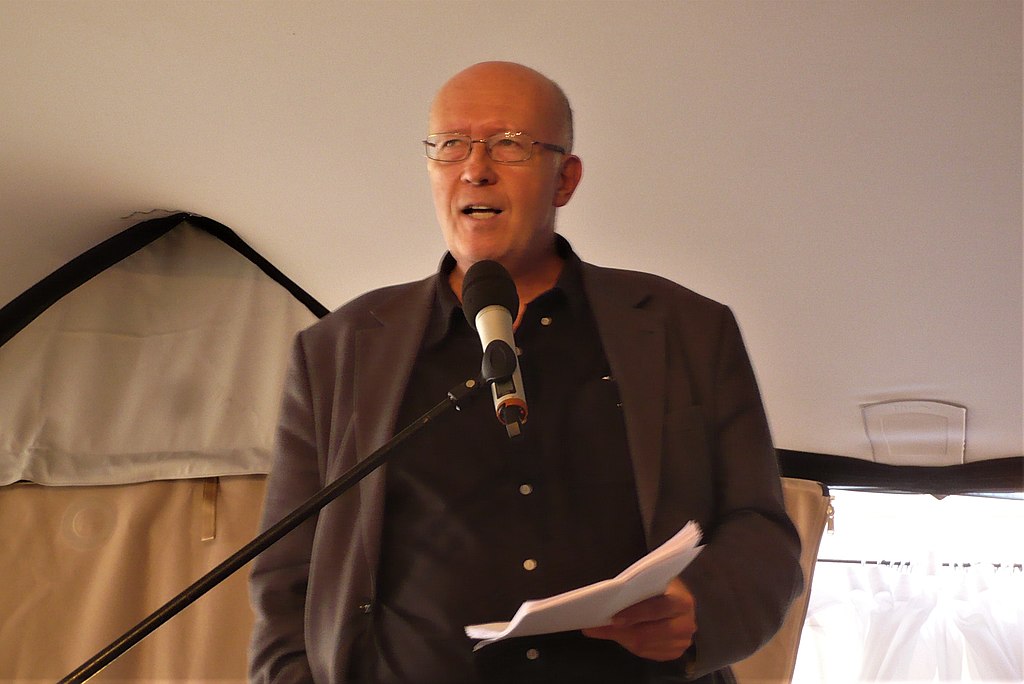This is the only way to save Polish demography (Part 2)

For over 20 years, the prospect of the Polish demographic catastrophe has been carefully concealed, and today it is too late for pro-family activities to save us from biological extermination. They must be combined with a prudent immigration policy. It’s time to bring our fellow countrymen back to the homeland.
Fr. Andrzej Kobyliński
(…)
Specter of doom
UN experts say that in 2100, the population of our planet will exceed 11 billion. The population will triple in Africa. Currently, African countries are home to 1 billion 256 million people, while in 80 years the population of this continent will reach 4 billion 467 million. Basically, the population of Asia will not change. The population of North America will increase by a third. Similar changes will occur in Australia and Oceania. The population of Latin America will also increase by several percent. Europe is the only continent where the demographic situation will worsen by several percent. Unfortunately, the number of inhabitants will drastically decrease, especially in the Slavic countries. On the other hand, the countries of Western Europe, in accepting many millions of immigrants from different regions of the world, will not be affected by the demographic crisis as deeply as the countries of the former Eastern bloc.
What will the Slavic countries look like in 2100? The population of Belarus will decrease by about 20 percent. Currently, 9,468,000 people live in this country. In 80 years, this number will decrease by 2 million. A similar process will take place in the Czech Republic – a decrease from 10 million 618 thousand to 8 million 892 thousand. The population of Lithuania will decrease by a third. A similar crisis will occur in Slovakia – a decrease from 5 million 448 thousand to 3 million 834 thousand A real biological destruction awaits Ukraine. In this country, the number of inhabitants will decrease from 44 million to 28 million. An equally dramatic demographic forecast also concerns Poland. Currently, there are 38 million people living in our country. According to a report prepared by UN experts, in 2100, 21 million people will live in Poland. This is called the medium variant, which assumes, among others, an increase in the fertility rate from 1.40 to 1.76. On the other hand, the minimum variant – assuming, in particular, that the current, dramatically low fertility rate will remain unchanged – predicts a decrease in the number of Polish inhabitants to the level of 11,570,000. Could our country then, inhabited mainly by elderly people and those in need of care, still exist as an independent state between imperial Russia and Germany, dominant in Europe?
The evil of post-communism
The demographic collapse in the countries of the former Eastern bloc began to develop rapidly in the last decade of the 20th century. In 1989, post-communism was born in Central and Eastern Europe. The process of transition of the Eastern bloc countries from communism to post-communism, and then from post-communism to democracy, is not a homogeneous phenomenon and was carried out with varying intensity. One of the first books on post-communism was published in 1997 by the Australian-British political scientist Leslie Holmes, “Introduction to post-communism”. In 2001, however Jadwiga Staniszkis published a study entitled, “Post-communism. An attempt at description”.
Staniszkis claims that one of the main elements of the transition from communism to post-communism was a radical change in the understanding of state power. After 1989, in post-communist countries, the state ceased to be a center of trust and a point of reference for individual decisions of social or economic nature. Therefore, in the countries of the former Eastern bloc, post-communism was characterized by many pathologies: the birth of an oligarchy, the activity of criminal groups, scandals concerning re-privatization, the lack of decommunization, theft of national wealth, corruption, violation of the basic principles of social justice, etc. Post-communism pathologies led to mass emigration, poverty, lack of an effective pro-family policy. As a consequence of these negative phenomena, a profound demographic crisis emerged.
The sexual revolution
The second important factor influencing the dramatic decrease in the number of people in the Slavic countries are the negative effects of the modern moral revolution. The countries on the eastern side of the Iron Curtain were not affected by the Western sexual revolution in the 1960s and 1970s. Censorship, limited opportunities for foreign travel, and many other activities undertaken by the authorities in communist countries meant that Western ideas of sexual liberation affected the countries of the Eastern bloc, where the Marxist-Leninist philosophy was dominant, to a rather limited extent. The authorities in the Kremlin made sure that the ideas of the neo-Marxist moral revolution of 1968 were not present in the public domain stretching from East Berlin to Vladivostok.
A profound change came after 1989, when the Berlin Wall was torn down. With the opening of the borders, ideas of the sexual revolution that previously changed the lives of Western societies in radical ways began to infiltrate the post-communist countries. The moral revolution in post-communist countries has a particularly negative impact on demographics. A new approach to marriage, family, and sexual ethics is reducing the fertility rate. One of the consequences of new cultural trends in Slavic countries is easy access to various forms of “emergency contraception” and pharmacological abortion.
The risk of biological destruction is our greatest national challenge in this century. To avoid it, it is vital to firstly create the necessary conditions for millions of our compatriots living abroad to return to their homeland. In the coming decades, Poland will have to accept several million new residents. Therefore, it is imperative to link demographic issues with a responsible immigration policy. Do we understand this historical necessity?
This article was published in January 2022 in “Do Rzeczy” magazine.



